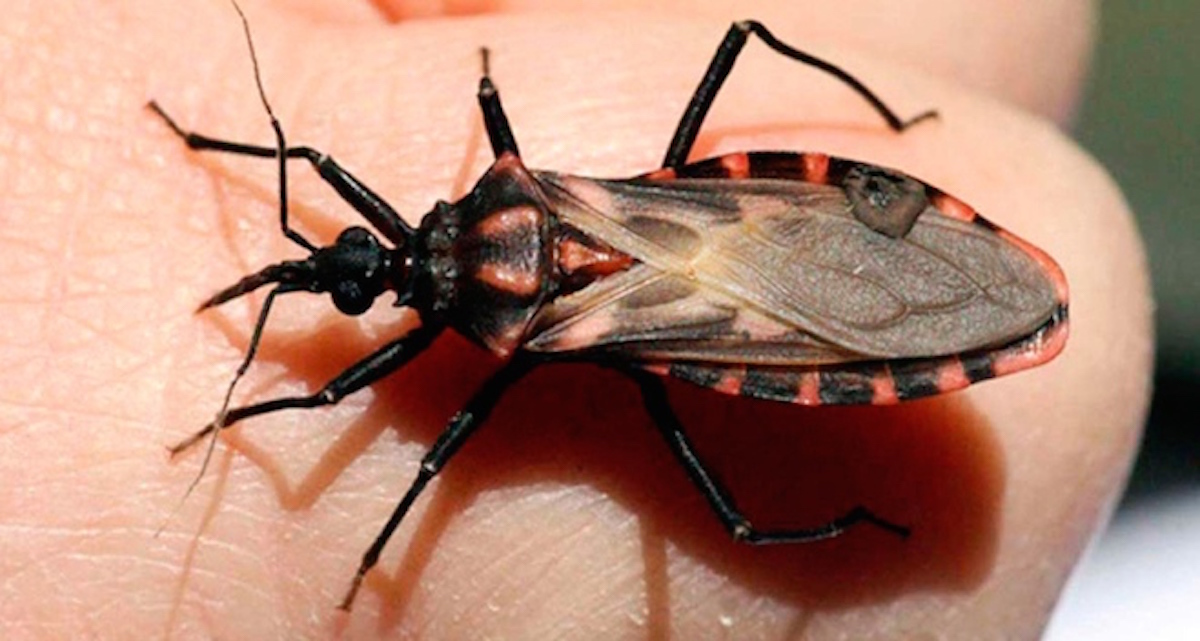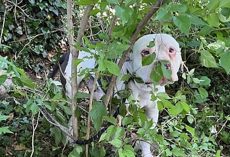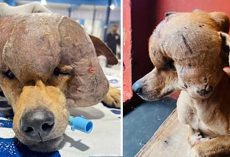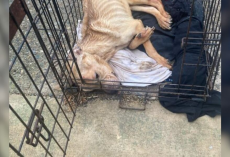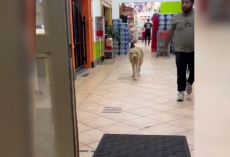Over 6 million people worldwide and 300,000 Americans are infected with a parasitic disease that comes from a bug known as the “kissing bug”. Known as Chagas, the parasitic disease can be life-threatening if left untreated because it causes congestive heart failure. As the disease is spreading in many southern States and is widespread in South America, it’s important for people to be more aware of the potential health risks these bugs pose!
Chagas disease is known as the “silent killer” because people and pets who have it usually don’t know they have the disease until its later stages, after it attacks the heart muscles and by which stage it is too late for treatment.
What is Chagas? Chagas disease is caused by a parasite known as Trypanosoma Cruzi. The parasite is carried by the Triatomine Bug, commonly referred to as the “Kissing Bug” or “Assassin Bug”. The parasite is not spread by their bite but by the feces and urine of the bugs.
The Triatomine Bug feeds on blood usually around the eyes and mouth of a person while they are sleeping. Transmission occurs when fecal material gets rubbed into the bite wound or into a mucous membrane (for example, the eyes or mouth), and the parasite then enters the body.
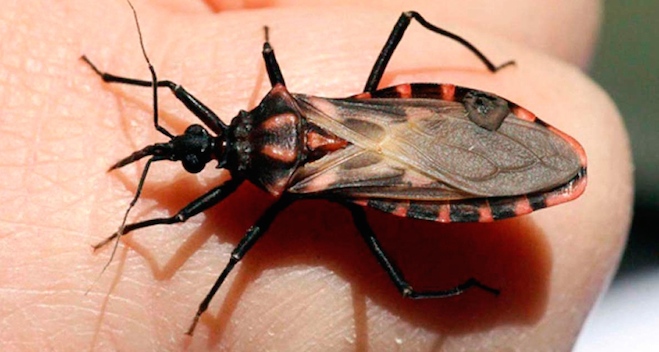
Photo credit: Wikimedia Commons
Chagas doesn’t only affect humans, it affects pets as well. In Texas alone, roughly 400 dogs have died from the disease, and that is just the number of cases that have been diagnosed or reported.
So where is Chagas found? It’s prevalent in South America and Mexico. But in recent years, health officials are starting to see more cases in the southern United States, typically in Texas, Louisiana, Oklahoma, South Carolina, Tennessee and Virginia, according to the CDC.
So what symptoms should someone look out for?
That’s difficult because in most cases initial symptoms during the acute phase (the first 2 months after infection) are absent or mild. However, here are some symptoms that might appear:
– a skin lesion or a purplish swelling of the lids of 1 eye (known as the Romaña’s sign).
– fever
– headache,
– enlarged lymph glands
– muscle pain
– difficulty breathing
– swollen abdomen
– chest pain
– weakness and fatigue
– lack of coordination
– diarrhea
– depression
The second phase involves symptoms surrounding the heart, as the heart muscles are weakened by the parasite. It can take 10 to 30 years before people begin to experience these more serious symptoms.
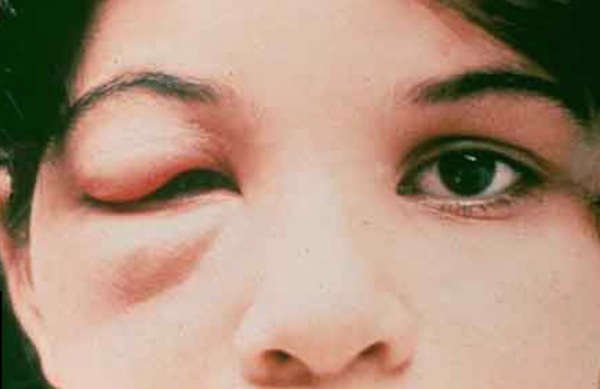
Romaña’s sign, a symptom of Chagas. Photo source: CDC
One piece of good news is that there are tests for Chagas disease, and if detected early there’s a good chance of successful treatment. Another good thing is that not all triatomine bugs are infected with the parasite that causes Chagas disease and the likelihood of getting the disease in the United States is low, even if the bug is infected.
What can you do to limit your exposure to the parasite and bug?
– Never crush or squish the bug or touch it with your bare hands.
– Keep your pets inside at night since kissing bugs are nocturnal.
– Eliminate excess brush and shrubbery in the yard.
– Remove wood, brush, and rock piles, rodent nests near your house.
– If possible, make sure yard lights are not close to your house (light can attract the bugs)
– Seal holes and cracks leading to attics, crawl spaces, storage spaces
– Using screens on doors and windows and repairing any holes or tears
As the parasite is spread through the feces and urine of the bug good hygiene practices in food storage and preparation is also recommended.
Read more about symptoms to watch for in your pets and how to protect your pets from Chagas here.
And here is a video that goes through the lifecycle of the parasite.
Please share this information with your friends and loved ones!

